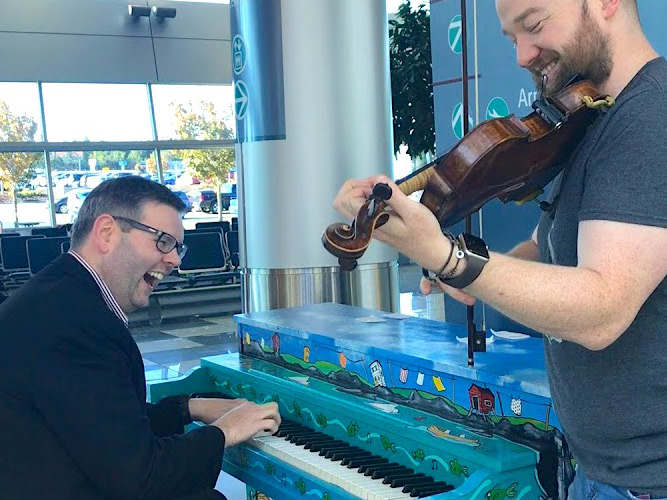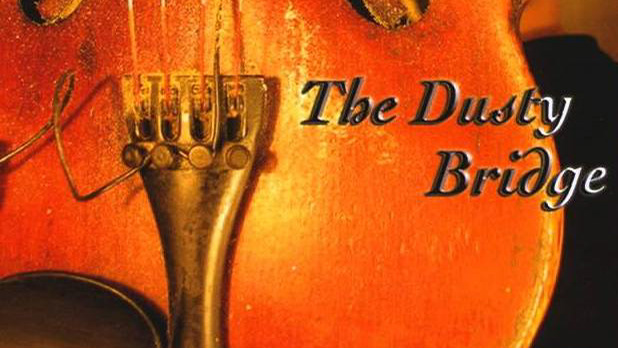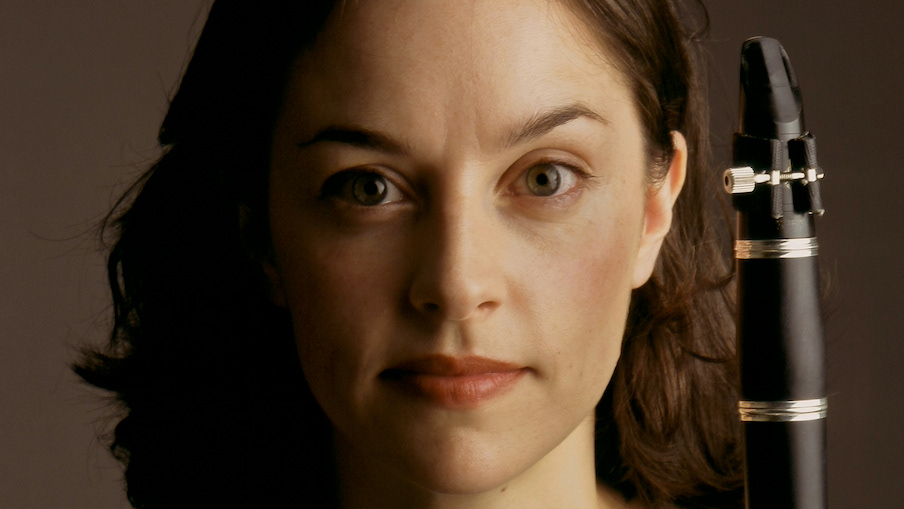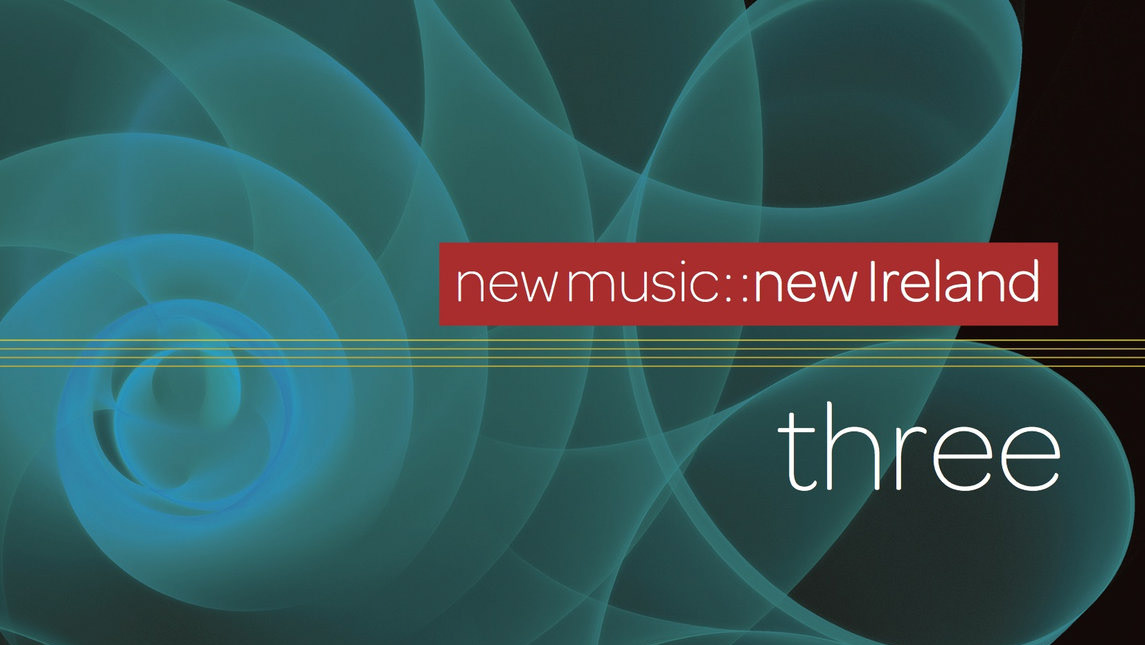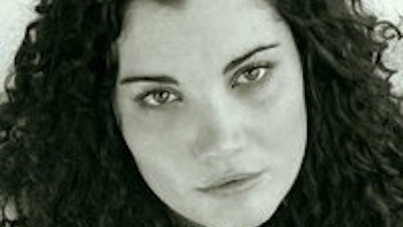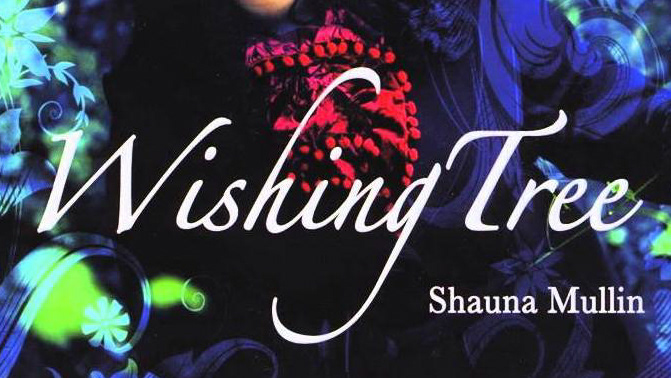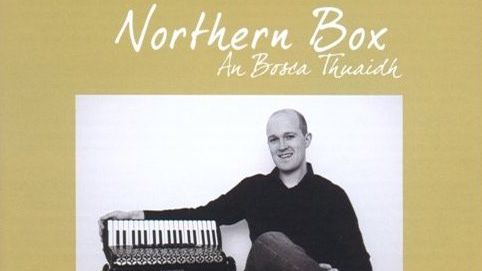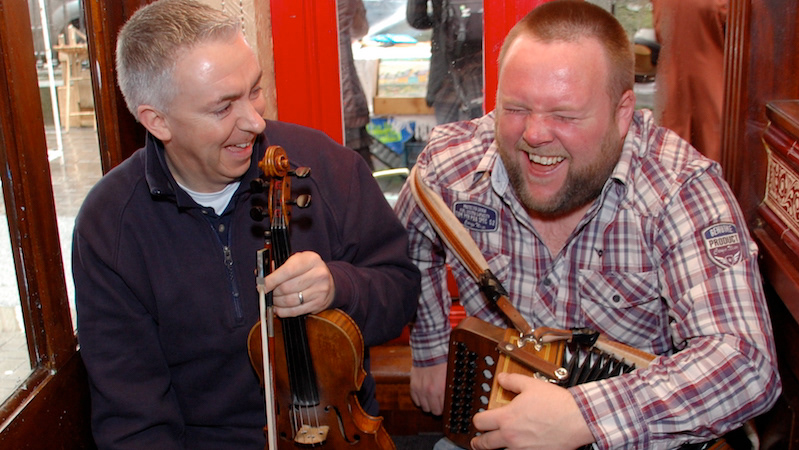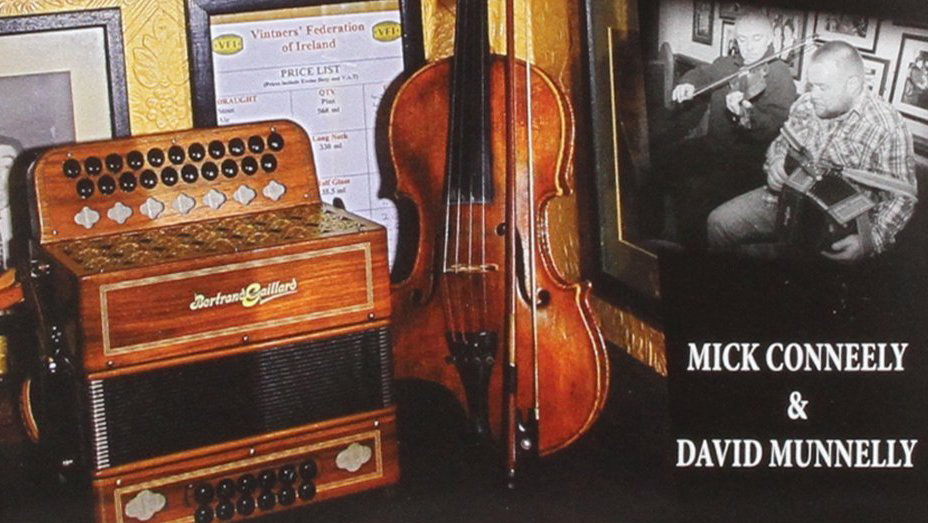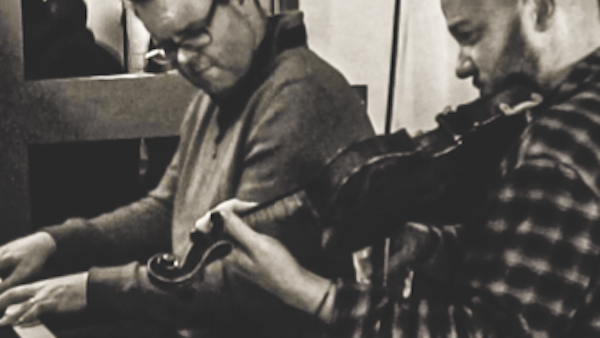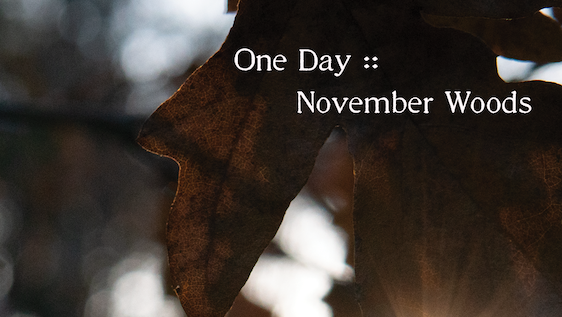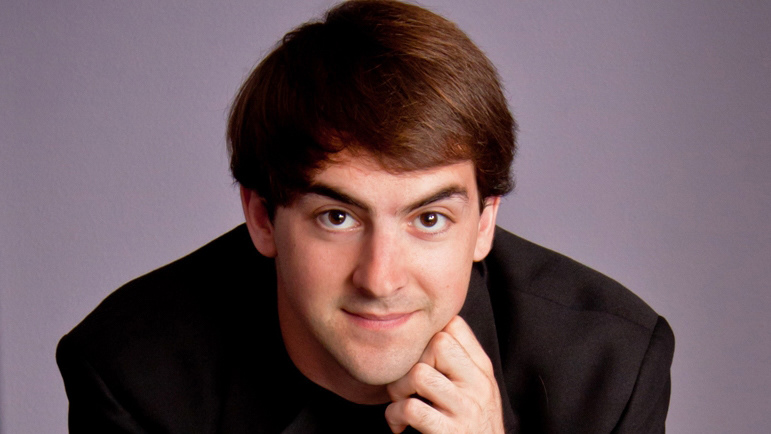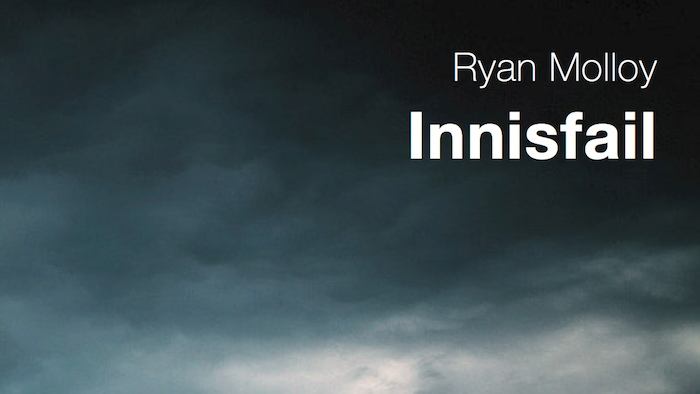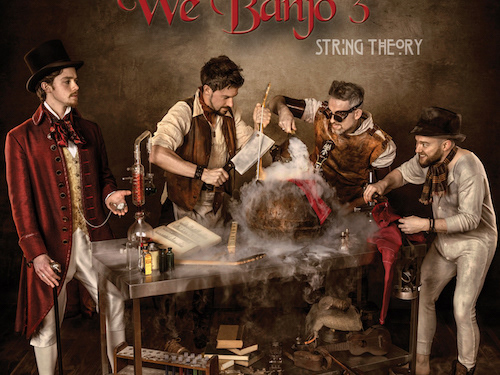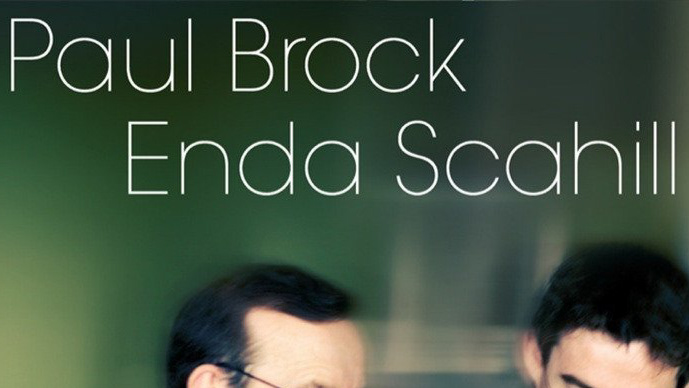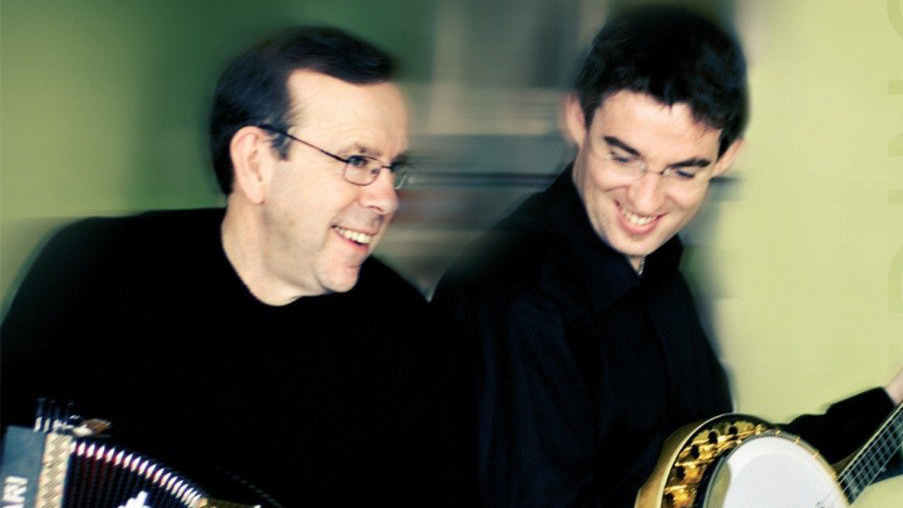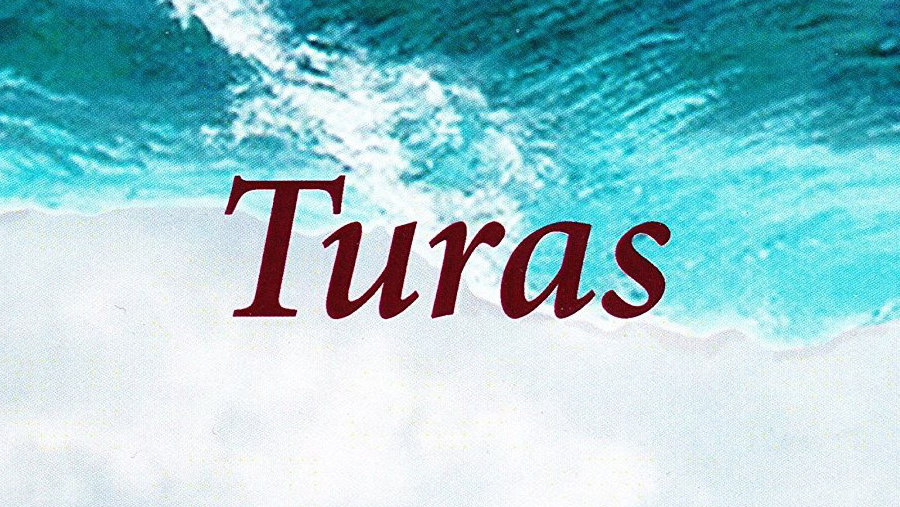A brand new album of five phenomenal pipers and one intricately tuned piano. I'm very proud to have worked with Sheila Friel, Jarlath Henderson, Tara Howley, Padraig McGovern & Tiarnán Ó Duinnchinn in the making of this album and hope you will enjoy listening to it as much as I did recording it!
Recorded, edited, mixed and mastered by Seán Óg Graham, Bannview Studios. Artwork by Maurice Gunning.
* * *
CD/download available for purchase via my bandcamp page. Includes unlimited streaming via the free Bandcamp app, plus high-quality download in MP3, FLAC and more.
"I hadn’t much opportunity to play with uilleann pipers before this album to be honest; either they (or I!) went running in the opposite direction! From their elevated position as the quintessential solo instrument in traditional Irish music, the uilleann pipes have no need for accompaniment, making their own colourful and self-sufficient musical world through the use of drones and regulators. This self-contained soundworld allows them to be more closely in tune with themselves rather than having to tune with a range of other instruments, such as the piano is expected to do across the full range of major and minor keys. The latter necessitates an ‘averaged’ tuning known as equal temperament which differs from the pipes’ unique temperament(s). The result of this difference is that the combination of piano and uilleann pipes hasn’t been a hugely successful one in the history of both instruments, often creating a timbral or harmonic clash between them.
The idea behind this album was to try to bridge this gap somewhat by delving into the nuances of tuning that give each set of pipes its characteristic colour. With this information, I was able to use digital sampling software (Ivory II) to individually control the tuning of each note on the piano such that it more closely matches that of the pipes. In doing so, I ended up down a rabbit-hole of myriad eighteenth-century tunings, from meantone temperaments to tunings developed by the organ builder Gottfried Silbermann and music theorist Georg Andreas Sorge. These technicalities aside, it is my hope that the musical result is a closer union of the pipes and piano, one in which the piano complements the different registers of the pipes rather than occupying them. For me, there is an almost orchestral quality to the resulting combination and a huge range of possibilities that the accompanist can explore.
I hope you enjoy the fabulous performances and musical wizardry of the five pipers I was fortunate enough to collaborate with on this album; I certainly enjoyed playing with them."
💿📀 2 for 25! Get a copy of tempered along with Ryan's debut solo album 'pianophony' for only €25, available now at my bandcamp page.
💿📀 2 for 25! Get a copy of tempered along with Ryan's debut solo album 'pianophony' for only €25, available now at my bandcamp page.
